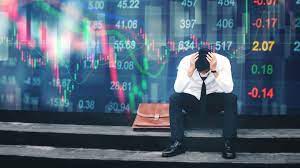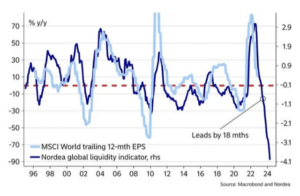Why Am I Falling Behind?

What the heck is going on?
I was worried that my brain was slowing down. That it was taking longer for me to complete tasks. But it didn’t feel like that was true. So I looked at my log and my journal, and realized that I’ve been sleeping or napping an extra three hours a day. That’s a better reason for my lack of productivity than a retarding brain, but it’s not comforting.
I asked my doctors about it, and they seemed to think that sleeping more could be a natural response to the “trauma” of the stroke and surgery. But that didn’t feel right either.
I told one of my trainers about it, and he asked me if I had been taking any new medications. “I don’t think so,” I said. But then I remembered. I was taking a statin. He looked up the research on statins and, sure enough, he found that one of the big side effects is chronic and/or acute fatigue.
Now that felt right to me. For the past decade or so, I’d resisted taking statins to reduce my overall cholesterol levels because I was aware that they produce a variety of unwelcome side effects. And because – although they are very good at lowering cholesterol numbers – they didn’t seem to extend lifespans for users. But after the stroke, I was more “open minded” about statins. My doctors wanted me to take them. And the side effects I knew about were not especially frightening.
But this fatigue thing… it may be a deal breaker. I’ve got too much to do. Too many miles to go. I’m not willing to give up three hours of work per day for the nebulous promise of reducing my chances of getting heart disease.
My plan is to ask my primary doctor about lowering my dosage or trying other statins to see if either of those tactics help. In the meantime, I’m going to do more research, which I’ll share with you.
Click here to read a report on the study that my trainer found.








